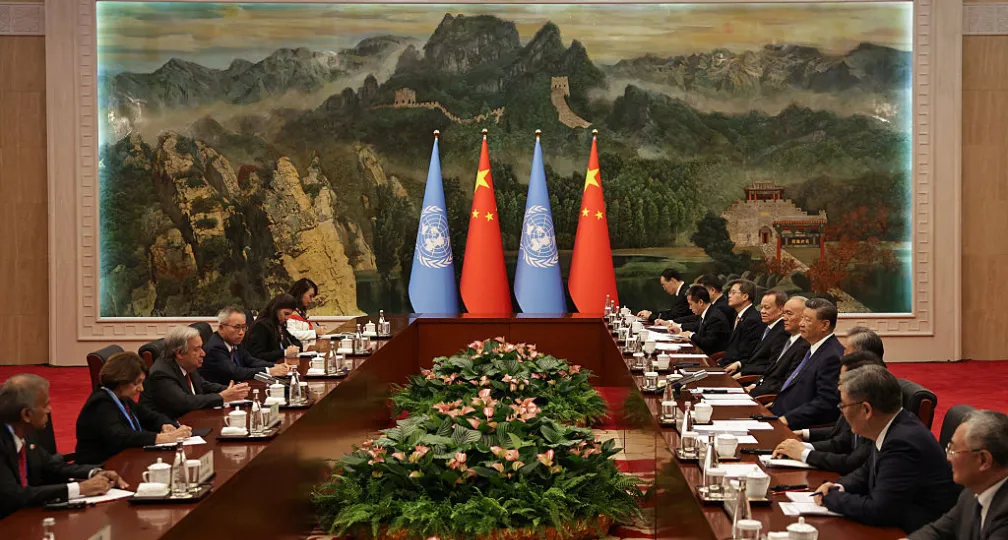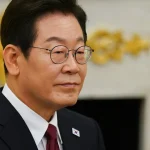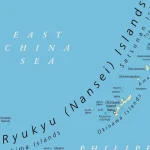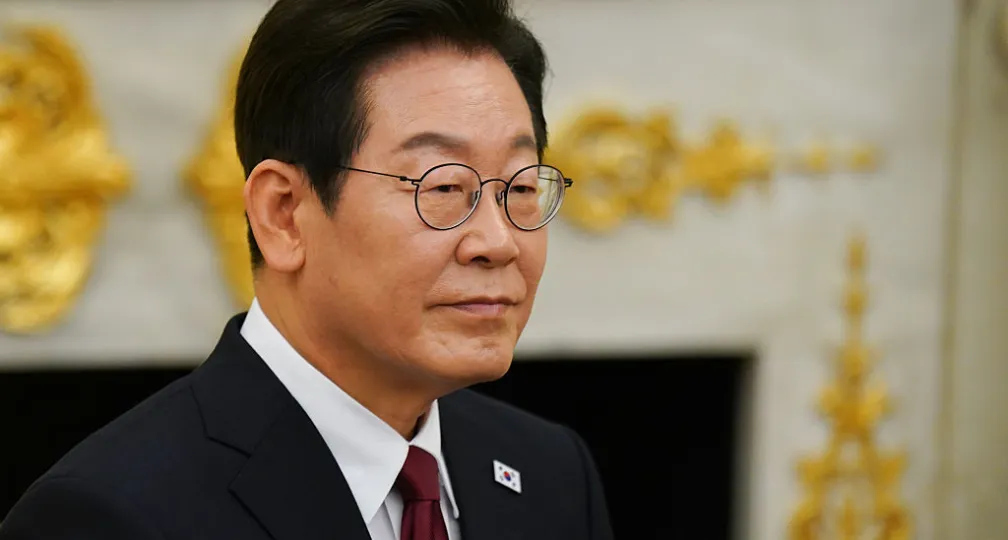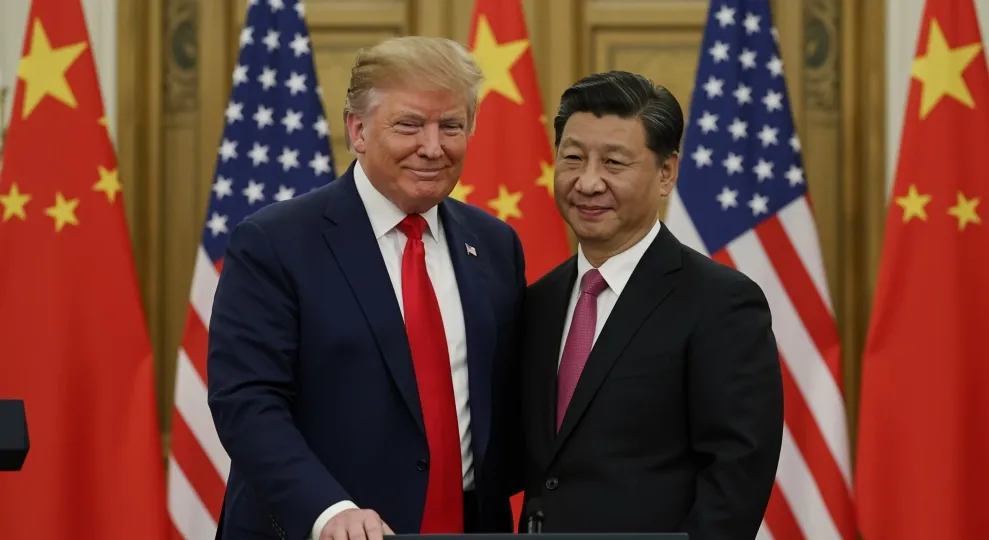Finding a way to manage China’s protectionism in procurement
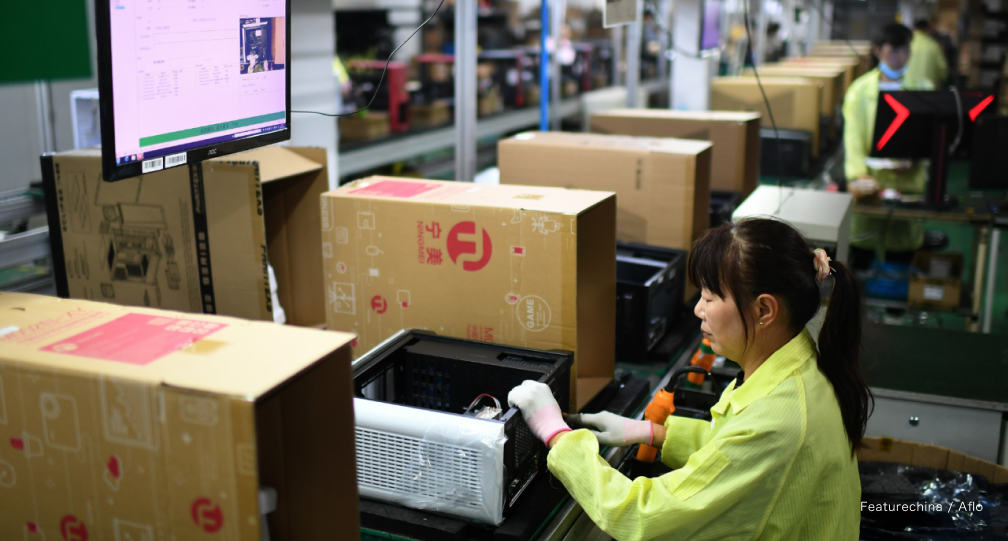
However, in recent years we have witnessed a growing trend of Chinese authorities giving preferential treatment to domestic products and de-facto pressure forcing foreign companies to transfer technologies.
What would the implications and effects of these trends be to the strategies of the Japanese government and companies regarding China? This article outlines recent related moves in China and looks at how Japan can respond.
Foreign companies excluded
We have often seen government procurement being used by countries to give preferential treatment to domestic products and services and eventually to protect their own industries. It appears that China has recently strengthened its efforts to treat domestic products with more favor in a nontransparent way. And this is triggering great concern among foreign companies.
In the context of government procurement, when China joined the World Trade Organization in 2001, it did not conclude membership of the Agreement on Government Procurement (GPA), which is an international legal document that requires parties to treat imported goods and services in the same way as they treat their own in the government procurement process.
China adopted the Government Procurement Law in 2002, and its Article 10 stipulates that the Chinese government shall procure domestic goods and services, except in some cases where necessary goods or services cannot be sourced in China.
Negotiations with Beijing regarding its accession to the GPA started in 2007, but barely any progress has been made due to the difference in the targeted scope of entities covered by Western countries and China, with the former wanting to expand its scope to include China’s local governments and Beijing apparently unwilling to do so.
As discussed earlier, China’s government procurement procedure has been discriminatory since its introduction. However, some outside China began to pay more attention to it, and become concerned by it, in the context of economic security from around 2019, when Chinese authorities reportedly started to exclude certain foreign companies’ products — such as computers and multifunction printers — from government procurement so as to ensure data security for China.
Past reports revealed that there exist internal documents which name recommended suppliers and products for government procurement, and that only Chinese companies and products are included.
In the summer of 2021, it was reported that Chinese authorities had quietly issued a new procurement guideline that sets high local-content requirements on various items, including medical equipment and observation equipment. While Chinese authorities have not acknowledged its existence, we can find it online even in China, with a footnote reading “Internal Document.” This suggests that Chinese authorities eventually confirmed its existence.
China is apparently using lists and guidelines that have not been publicly released and are not based on public laws to give preferential treatment to domestic products. This shows a serious lack of transparency and significantly impairs the foreseeability of business for foreign companies in China.
The above-mentioned internal guideline, said to be issued in 2021, sets thresholds for the ratio of Chinese-made products in government procurement and obviously aims to exclude imported goods by raising the ratio.
These central government policies easily led to some local governments giving preferential treatment to products made by Chinese companies. Local governments such as those of Shanxi province and the city of Shenzhen have issued public guidelines that exclude foreign companies’ products from their purchase of medical equipment.
Foreign companies that manufacture medical equipment and are subject to the guidelines will find it necessary to move their production sites to China or increase the use of Chinese-made components in order to survive in the Chinese market. These policies have made them concerned that Beijing is forcing them to transfer their technologies to China.
Mandatory standards
In addition to government procurement, Chinese authorities are reportedly in the process of introducing a new regulation to promote domestic production. They are said to be introducing a new regulation that requires office equipment procured by Chinese authorities and businesses, such as printers, copiers and scanners, to be entirely designed and manufactured in China, for security reasons. It also requires relevant authorities to examine companies’ compliance with the regulation.
If this regulation is enacted, printers procured by government entities and companies need to be produced — from design to completion — in China. Foreign companies that sell printers and copiers in China will be forced to relocate all production facilities to the country or transfer their technologies, including the development process. In October, Fujifilm Business Innovation, formerly known as Fuji Xerox, announced that it decided to close its business-equipment manufacturing plant in Shanghai and withdraw from China. It is strongly believed that concerns over these regulations and measures were behind its decision to withdraw.
China is also trying to force foreign companies to transfer their technology other than through government procurement. Recently, Chinese authorities strengthened regulations on cosmetics makers, requiring them to submit a list that stipulates the names and blending ratios of base ingredients used in their products, as well as requiring ingredient-suppliers to disclose the ratio of raw ingredients.
The compositions of cosmetics are confidential corporate information, and the aforementioned regulations force cosmetics companies to disclose technologies they have developed on their own. Also, if their information is leaked to Chinese makers, their rivals will be able to manufacture cosmetics of the same quality. This is also putting pressure on foreign companies to transfer their technologies and skills.
Need to be smart
By giving preferential treatment to domestically manufactured products, China is enforcing its efforts to build self-sufficient supply chains to ensure its economic security. With that in mind, how can and should Japanese companies respond to such trends?
Considering the size of the Chinese market as well as mutual interdependence between Japanese and Chinese companies, we must admit that Japanese companies cannot achieve growth without the Chinese market.
One option would be to diversify supplies rather than depending too much on China in the supply chain.
Some companies have already taken action, such as Fujifilm’s decision to withdraw from China and Daikin Industries’ plans to establish an air conditioner production supply chain without relying on Chinese components.
Another option would be to stay in the Chinese market through so-called “local production for local consumption,” while shifting major production bases outside of China. It has been reported that Apple is planning to gradually reduce the assembling of iPhones for the U.S. market in China but to increase consignment production in China of iPhones for the domestic market.
It would also be an option for Japanese companies to choose to stay in China as local companies if their technologies are not so competitive or are ones that Chinese companies could catch up with within a few years. (Even with this option, firms still need to consider whether to be listed on the Chinese stock market.) China apparently supports Chinese companies in expanding their markets in its neighboring countries, including Southeast Asian nations, through its Belt and Road initiative. Japanese companies can be smart enough to use this initiative as local companies and expand their businesses.
What is expected for Japan
Under such circumstances, the Japanese government must come to the front line to protect Japanese companies from China, while collaborating and sharing roles with such companies. China is beginning to exclude foreign companies in certain areas of industries with national determination in a bid to ensure its security.
There are five issues that the Japanese government needs to work on.
Firstly, the government needs to further enhance ongoing efforts to financially support those companies that plan to diversify their production sites and at the same time boost efforts to urge China to change its nontransparent and discriminative economic policies.
Currently, the Japanese government takes opportunities such as the Japan-China High-Level Economic Dialogue to address the issue, as does the private sector with the White Paper published by the Japanese Chamber of Commerce and Industry in China. It is necessary for both to cooperate with each other more closely and further increase pressure on Beijing to change course.
Secondly, in order to make closer cooperation between the public and private sectors happen, more collaboration between the government and the private sector is necessary. More people from the private sector are expected to work in government ministries and more people from the government can work in the private sector.
In China, just like in the United States where a revolving-door human resource system is in place, people move within the network of the Chinese Communist Party and are relocated between companies and government entities frequently.
Although public-private relationships are fundamentally different in Japan and China, it will be difficult for Japan to compete with China without closer cooperation between the government and companies, including in terms of human resources.
Thirdly, considering a possible situation in which the Chinese government maintains its discriminatory policies, the Japanese government needs to start thinking about how it can efficiently prevent technological transfers so as to protect Japanese firms. This would include the introduction of export-control measures against those countries that are forcing foreign companies to transfer technology.
Japan should not repeat the bitter experience of transferring bullet train technology to China and allowing it to subsequently take a dominant position in the global market for high-speed railway technology.
The government should start considering a system that enables itself to flexibly invoke export controls for related components or industries depending on the situation.
Fourthly, from medium- to long-term perspectives and in the viewpoint of securing fairness of economic activities, the government also needs to start thinking of measures to restrict the access to Japanese government procurement of companies from those countries that similarly restrict access to Japanese firms.
In this context, it is perhaps useful to refer to the European Union’s International Procurement Instrument, which came into force last August. It allows EU countries to restrict non-EU companies’ access to their public procurement market if their own companies cannot get full access in return.
Finally, Japan can strategically make good use of the Comprehensive and Progressive Agreement for Trans-Pacific Partnership (CPTPP), which China is showing its willingness to join.
The agreement sets high standards for government procurement, including ensuring fairness and transparency as well as expanding the coverage of government procurement entities. It also sets high standards and imposes stricter requirements that go beyond the World Trade Organization other than in government procurement. We can probably say that those high hurdles are what is stopping China from becoming a party to the agreement.
It should be realistic for CPTPP members to allow China to start negotiations for its accession and, in the negotiation process, thoroughly examine its discriminative and nontransparent industrial policies and demand Beijing change and improve them. Also, members should not easily permit exceptions, and the feasibility of China’s pledges must be strictly assessed.
There are some people within the Chinese Communist Party who hope to further advance domestic reform in China by taking advantage of joining the CPTPP and becoming subject to more foreign pressure just like that of the WTO. It would be of great importance for the Japanese government and companies to echo them.

Geoeconomic Briefing
Geoeconomic Briefing is a series featuring researchers at the IOG focused on Japan’s challenges in that field. It also provides analyses of the state of the world and trade risks, as well as technological and industrial structures (Editor-in-chief: Dr. Kazuto Suzuki, Director, Institute of Geoeconomics (IOG); Professor, The University of Tokyo).
Disclaimer: The opinions expressed in Geoeconomic Briefing do not necessarily reflect those of the International House of Japan, Asia Pacific Initiative (API), the Institute of Geoeconomics (IOG) or any other organizations to which the author belongs.


Visiting Senior Research Fellow
MACHIDA Hotaka is a visiting senior research fellow in Institute of Geoeconomics at International House of Japan. He joined the Institute in October, 2022. Prior to leaving his role in government, he served as a career diplomat in Japan’s Ministry of Foreign Affairs from 2001 to 2022, focusing on Japan-China relations. He studied at Nanjing University in China and Harvard University in the United States, followed by working at Embassy of Japan in China as second secretary from 2006-2008. After that, he was posted in China-Mongolia division in the Ministry and completed the negotiations with China over the issues of launching the “High-Level Consultation on Maritime Affairs” as well as finalizing the “Maritime Search and Rescue (SAR)” agreement. He also worked in Status of Forces Agreement (SOFA) division in the North America Bureau in the Ministry leading the negotiations with the US on SOFA-related issues. He was counsellor in the Permanent Mission of Japan to the United Nations (2017-2020) and Embassy of Japan in China (2020-2022) covering the Security Council reform and Japan-China economic relations respectively. He holds a M.A from the Graduate School of Arts and Science at Harvard University, and a Bachelor from Law Faculty at Tokyo University.
View Profile-
 Is China Guardian of the ‘Postwar International Order’?2025.12.17
Is China Guardian of the ‘Postwar International Order’?2025.12.17 -
 Japan-India Defense in a Fragmenting Indo-Pacific2025.12.10
Japan-India Defense in a Fragmenting Indo-Pacific2025.12.10 -
 The “Economic Security is National Security” Strategy2025.12.09
The “Economic Security is National Security” Strategy2025.12.09 -
 India - Japan: The Glimpse of a Shared Vision2025.12.05
India - Japan: The Glimpse of a Shared Vision2025.12.05 -
 Beijing’s ‘Globalist’ Agenda Under Trump 2.02025.12.01
Beijing’s ‘Globalist’ Agenda Under Trump 2.02025.12.01
 Event Report: The Trump Tariffs and Their Impact on the Japanese Economy2025.11.25
Event Report: The Trump Tariffs and Their Impact on the Japanese Economy2025.11.25 The “Economic Security is National Security” Strategy2025.12.09
The “Economic Security is National Security” Strategy2025.12.09 The Real Significance of Trump’s Asia Trip2025.11.14
The Real Significance of Trump’s Asia Trip2025.11.14 The long road to a South Korea-U.S. trade deal2025.11.26
The long road to a South Korea-U.S. trade deal2025.11.26 The Tyranny of Geography: Okinawa in the era of great power competition2024.02.09
The Tyranny of Geography: Okinawa in the era of great power competition2024.02.09






